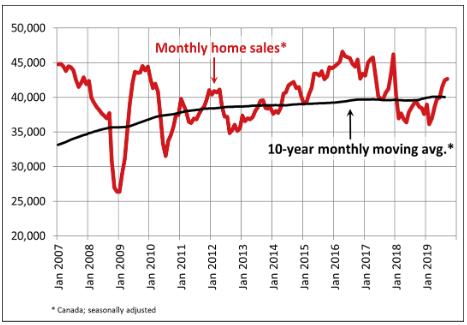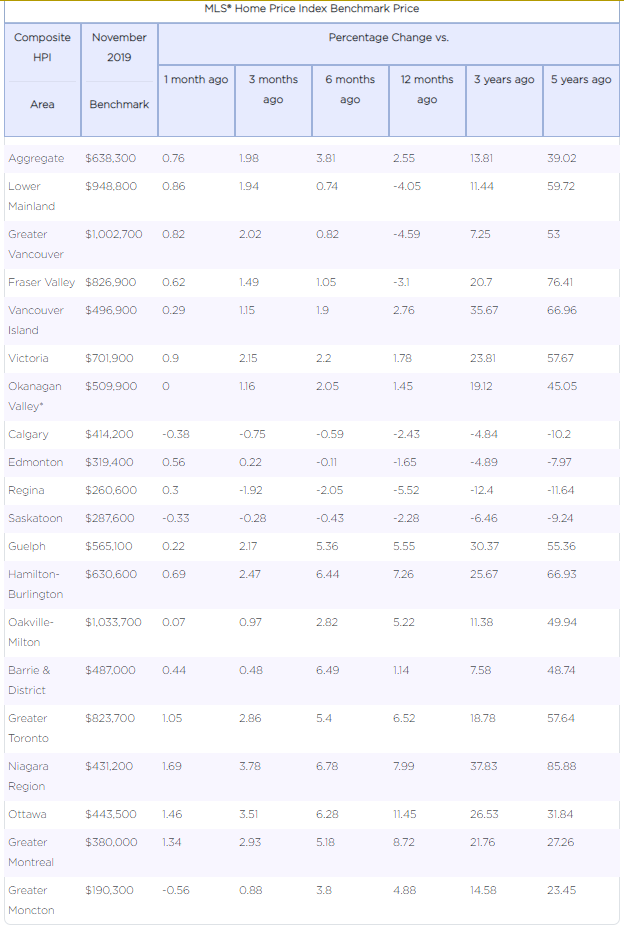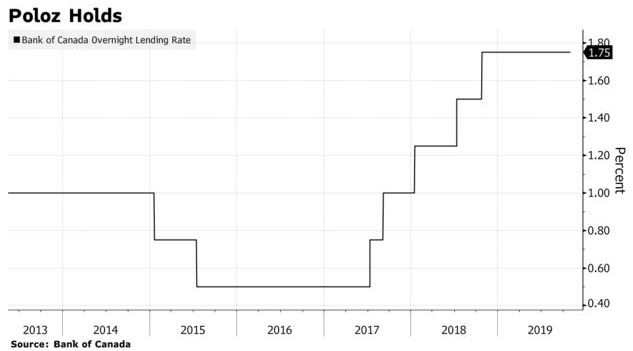BUILDING A REAL ESTATE PORTFOLIO
 More and more Canadians do not have a defined benefits pension plan. Companies are moving away from this model due to the expense of maintaining enough in the fund to pay out until the employee and survivors die. Those who are self employed also do not have pensions beside the Canadian Pension Plan.
More and more Canadians do not have a defined benefits pension plan. Companies are moving away from this model due to the expense of maintaining enough in the fund to pay out until the employee and survivors die. Those who are self employed also do not have pensions beside the Canadian Pension Plan.
What can you do if you fall into this category? How do you save enough to have a comfortable retirement? The answer is, build up your own investments through a real estate portfolio.
In order to purchase a revenue property you need 20% down payment . This can be a huge sum to save and you could get discouraged as you see property prices rising. There is a legal work around that is an open secret that realtors and other property investors have used for years.
Purchase a starter home with a 5% down payment. While you are living in the property, it is considered as your primary residence and any increase in value is tax free. Start from Day 1 to save for your next home. You may purchase a condo as the prices are usually less than most detached homes in Canadian cities. When you have saved 5% or if your present home has increased enough in value that you have more than 20% in equity you can remove that extra equity with a line of credit or by refinancing your home you can now purchase a larger home. Now you move to House #2 and rent out House #1.
You are now on your way to building a real estate portfolio. If you repeat this every 3 to 5 years in 20 years you’ll have a portfolio of 4 or more rental properties Is this for everyone? No, if you aren’t handy and if you don’t want the expense of hiring a property management company you cold end up spending your free time on maintenance of several homes.
Talk to your financial advisor or accountant first and then meet with your local Dominion Lending Centre mortgage professional. We can provide answers to your real estate financial needs.







